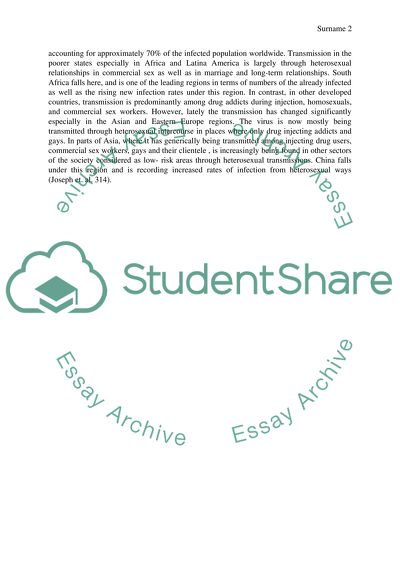Cite this document
(“HIV/AIDS in South Africa and China Research Paper”, n.d.)
Retrieved from https://studentshare.org/geography/1439024-hiv-aids-in-south-africa-and-china
Retrieved from https://studentshare.org/geography/1439024-hiv-aids-in-south-africa-and-china
(HIV/AIDS in South Africa and China Research Paper)
https://studentshare.org/geography/1439024-hiv-aids-in-south-africa-and-china.
https://studentshare.org/geography/1439024-hiv-aids-in-south-africa-and-china.
“HIV/AIDS in South Africa and China Research Paper”, n.d. https://studentshare.org/geography/1439024-hiv-aids-in-south-africa-and-china.


